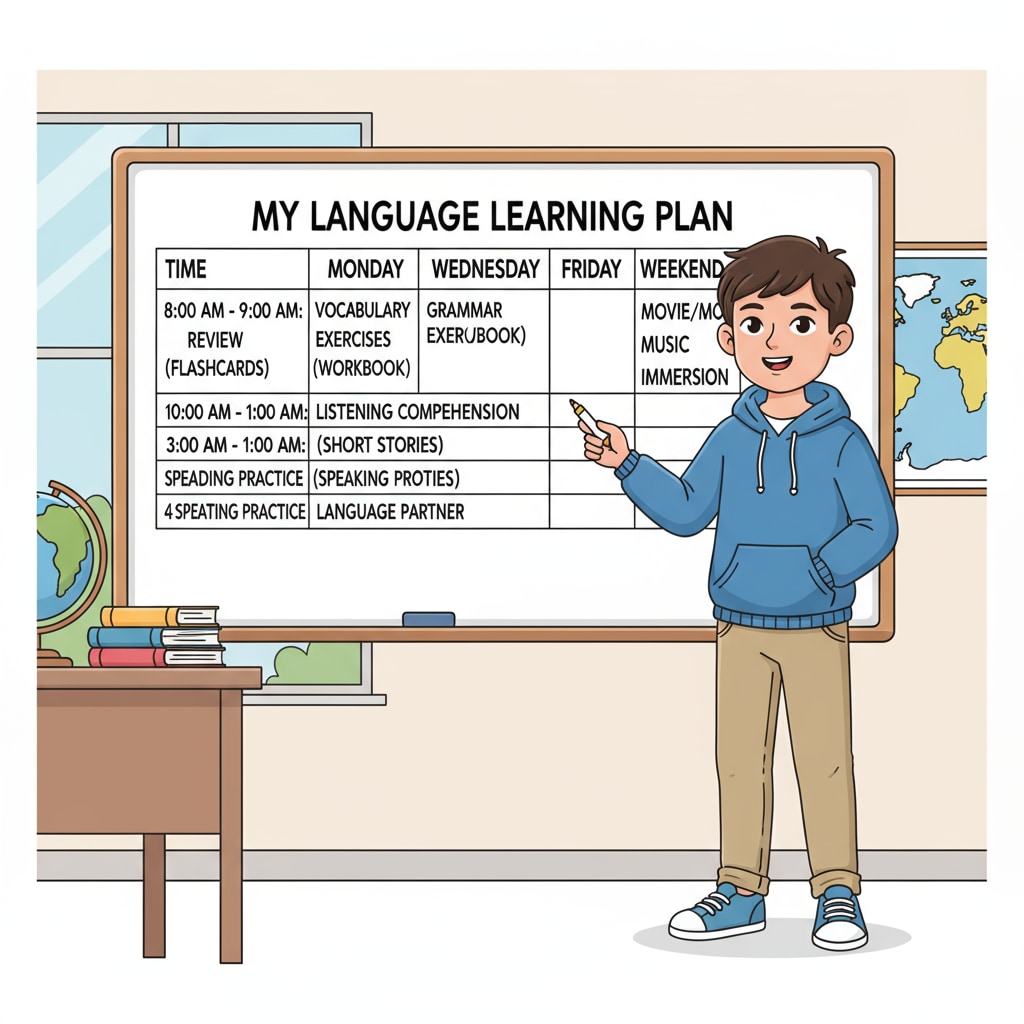Language learning, multilingual mastery, and learning methods are crucial aspects for students in the K12 stage. In today’s globalized world, being able to communicate in multiple languages not only broadens one’s horizons but also provides numerous opportunities. Let’s explore how students can embark on a successful multilingual learning journey.

The Art of Language Selection
When it comes to multilingual learning in K12, choosing the right languages is the first step. Consider your interests, future goals, and cultural exposure. For example, if you’re interested in business, languages like Mandarin or Spanish could be beneficial as they are widely spoken in major economic regions. According to Language learning on Wikipedia, languages with a large number of speakers often offer more resources and real – world applications. Additionally, think about the cultural aspects. Learning French can open the door to the rich art, literature, and cuisine of France.
Effective Time Planning
Time management is key in multilingual learning. K12 students have busy schedules, so creating a structured plan is essential. Allocate specific time slots for each language. For instance, you could spend 30 minutes every morning practicing vocabulary in one language and another 30 minutes in the evening focusing on grammar of a different language. As stated on Education on Britannica, consistency in study time helps in better retention of knowledge. You can also break down your learning into smaller, manageable chunks to avoid burnout.

Moreover, make use of fragmented time. Listen to language podcasts during your commute or practice language phrases while doing household chores. This way, you can maximize your learning time without adding too much stress.
Practical Learning Strategies
There are various effective learning strategies for multilingual learning. Immersion is a great method. Try to surround yourself with the language you’re learning. Watch movies, TV shows, and listen to music in that language. This helps in getting familiar with the rhythm, intonation, and common expressions. Another strategy is language exchange. Find language partners, either in person or online, with whom you can practice speaking. This not only improves your speaking skills but also gives you insights into different cultures. Additionally, use language learning apps like Duolingo or Babbel, which offer interactive lessons and games to make learning fun.
Readability guidance: The key points are presented in short paragraphs and lists. Each section has its own focus, and the use of external links provides reliable information sources. Transition words like ‘for example’, ‘additionally’, and’moreover’ are used to connect ideas smoothly. Passive voice is minimized, and the sentence length is kept within the recommended range.


